The urban tree canopy is failing. In many cities across eastern North America, gardeners and arborists find themselves in a situation. We need to replace the canopy of our urban forest, again. This has happened before, and we failed to learn from it. It happened after Dutch Elm Disease, and now it is happening again with Emerald Ash Borer. And why did this happen?
What is EAB?
EAB is short for Emerald Ash Borer. This insect is responsible for the death of millions of ash trees from New York west to Kansas, and from Canada south to Georgia. This just happens to be where most of our native ash trees are too. EAB is a small wood-boring beetle that can kill a mature ash tree in 3 to 5 years, if undetected and left to be. And most of us were unaware when it hit us.
I have been saying for years now that if you live near where EAB is already, you probably do not know you have it. And you will not know until your ash trees are dead and gone.
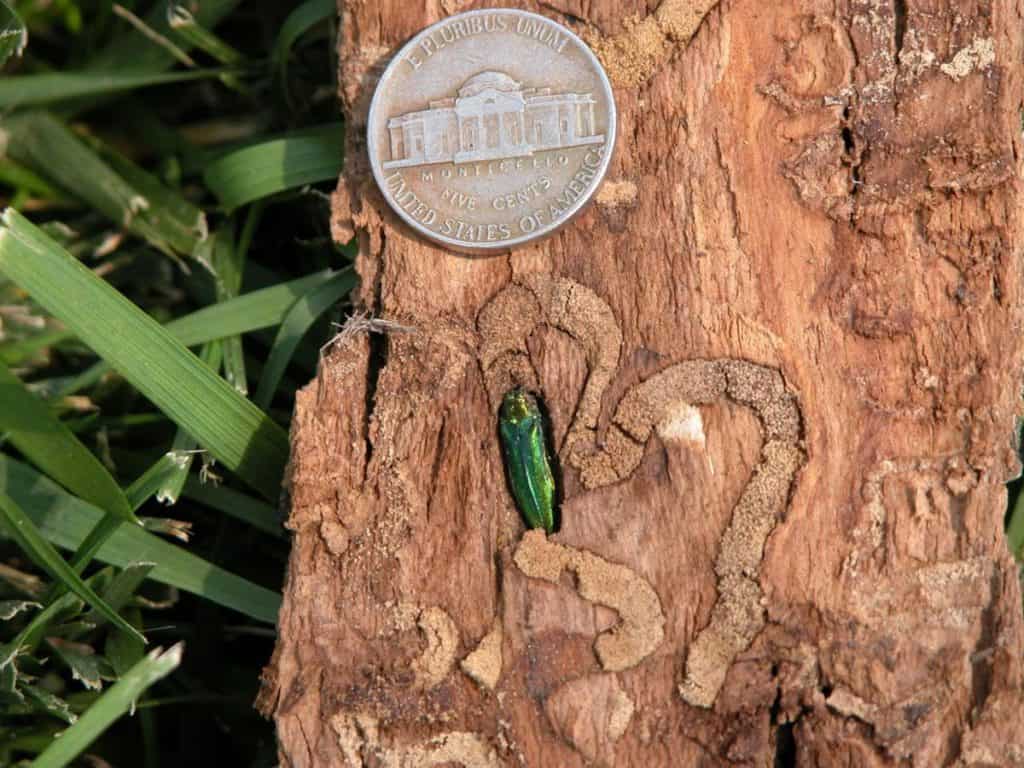
What can I do if I think I have EAB?
Emerald ash borers can be treated for if you suspect you have them, but the cost is significant. Larger, mature shade trees can cost several hundred dollars per year to treat with a systemic insecticide. That may be fine for a historic or irreplaceable shade tree, but most of us cannot afford to do that. And what if the tree is too far gone already?
But why is EAB such a problem?
The reason does not have to do with natural populations of ash trees, but rather with the human’s want of quick shade at the cost of diversity. Our lack of diverse urban canopies is the reason why EAB and other insects/diseases are a problem. It is very likely that we will soon see an increase in some disease or insect targeting the millions of maples we have planted since the rise of ‘Autumn Blaze’. Maybe Asian longhorned beetle?
If we fail to correct the problem now, we WILL be seeing the devastation of our urban canopies yet again.
What can we do to prevent urban tree canopy deforestation?
For starters, we need to get every community to do an assessment of their urban canopy. This means they inventory what trees are growing in the cityscape and keep a record of this, before planting ANY new trees. A canopy inventory includes all large shade trees, not the small ornamentals that are in most yards.
A tree canopy inventory might look like this:

I put together this inventory of the trees that are significantly affecting the canopy of my landscape and lower woodlands. This means that these trees are mature enough to provide shade and shelter in the landscape.
The risk assessment is how healthy the trees are and if they are or are no at risk from an outside disease or insect. As you can see, I have EAB and Thousand Cankers Disease of Walnut as potential risks to certain trees.
The percentage of is the amount of a specific species per the total number of trees identified. The diversity of my landscape would be considered very good. No tree species has more than 15% of the population of the canopy.
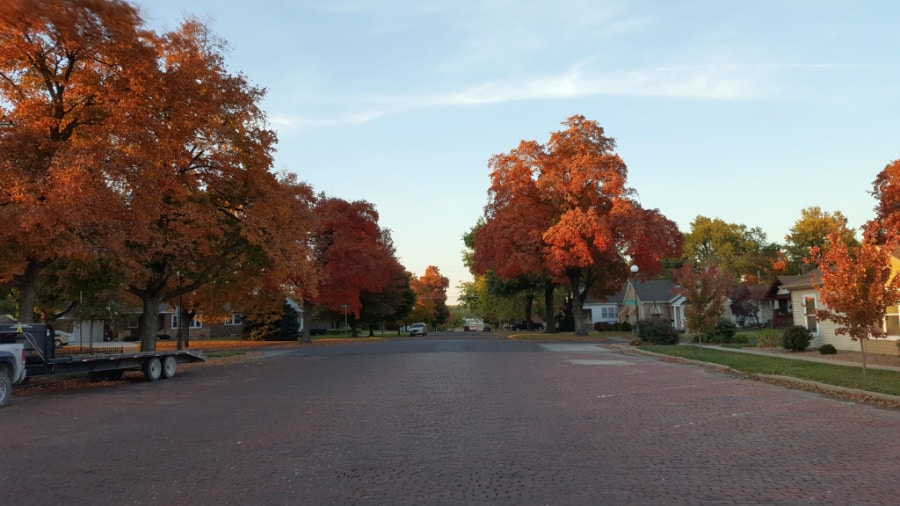
Monitor At Risk Trees
After we have put together a tree canopy inventory, we need to mark and make plans to monitor at risk trees. Now these trees may be at risk from an external pest, such as an insect or disease, or they be at risk from storm damage, natural decline, or poor location.
What are some of the risk factors we should be prepared for?

This chart shows some of the more possible risks for trees in most urban canopies in the central Great Plains or Midwest regions.
These are the potential deadly risk factors for common trees in Northeast Kansas. In other areas of the country, you may have different risk factors.
In Pennsylvania for example, Spotted Lanternfly and Asian Longhorned beetle may both be severe risk factors. You need to find your own individual risk factors when beginning to monitor to maintain the current urban tree canopy.
Plan to add in new trees to increase diversity
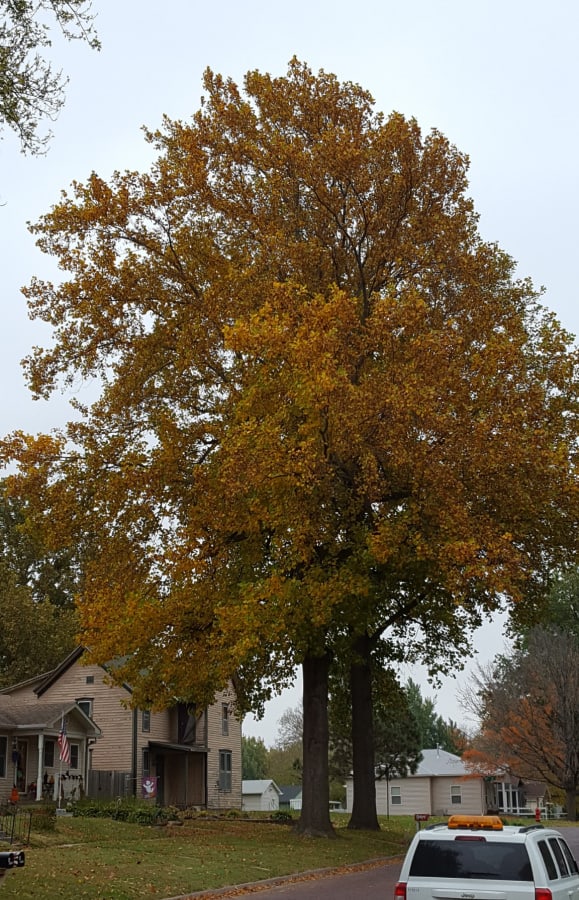
Once you have both your inventory and your at risk assessment done, you can start looking to the future and planning for the addition of new trees. You know that many homeowners are going to want to plant what they want in their own yards. But if you can send out a flyer with advised tree species that would be helpful.
Many homeowners just want quick shade and good fall color, not knowing that a tree may have a potential risk factor waiting for it. If the local nursery sells them a tree without informing them about that, then both them and the city will be compromised in the future.
Tree canopies should not be comprised of more than 15% of any one genus of trees. I know that many canopies in my area are made up of more than 15% of maple or oak trees. But there are many more genuses of trees that can be added to the overall canopy to increase diversity and protect against potential risk factors.
Tree species that should be added to the overall urban canopy
Many tree species would provide both diversity and protection against the possibility of new risk factors. The following list shows just a small number of the trees that could be added.

Managing the developing urban tree canopy
Once you have the overall view and a plan of how to proceed for changing the urban tree canopy, what are some important strategies to remember? We know we must keep track of the trees in the canopy. Thus, any tree that in on the city’s right of ways should be managed by the city itself, and not left to the homeowner.
Having a certified arborist on file or on staff is perhaps the best thing any city manager can do. The arborist will be able to evaluate, assess, and recommend steps to insure that the urban tree canopy is maintained. He/she can prune and remove trees as needed, and plant new ones to fulfill the requirements of the urban tree canopy health.
Certifications
Joining your city into a Tree City USA or similar type of tree program will help in getting new grants and funding available to planting trees. This certification also helps promote well-being among residents of the city and helps people to learn about the value of their own trees. All of this together will encourage better communities for the future.
Conclusion
EAB, Dutch elm disease, and chestnut blight have all wreaked havoc on the urban tree canopy of American cities. Do not let a future disease or insect do the same thing to your city’s tree canopy. Guide your city into developing ways of improving the canopy for the future.
Happy planting!
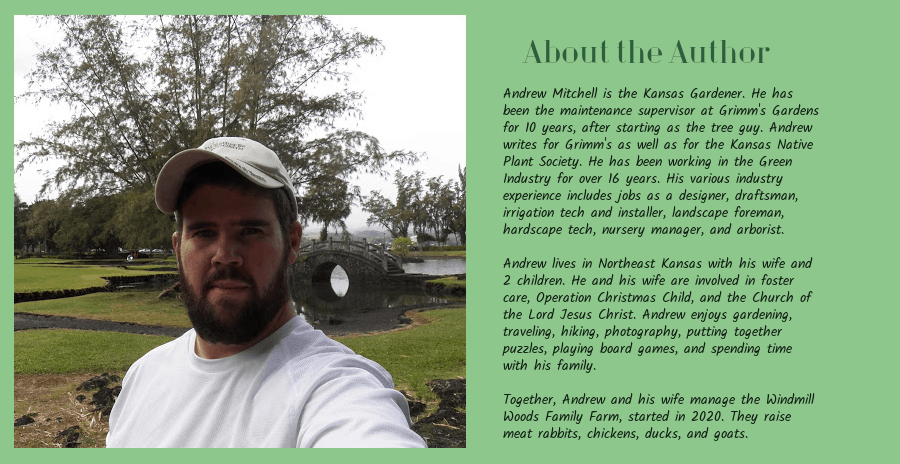
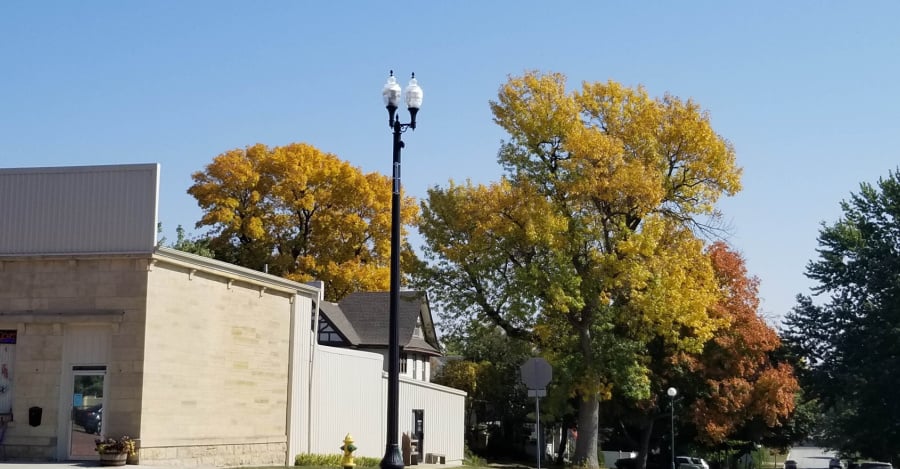



That is really nice to hear. thank you for the update and good luck